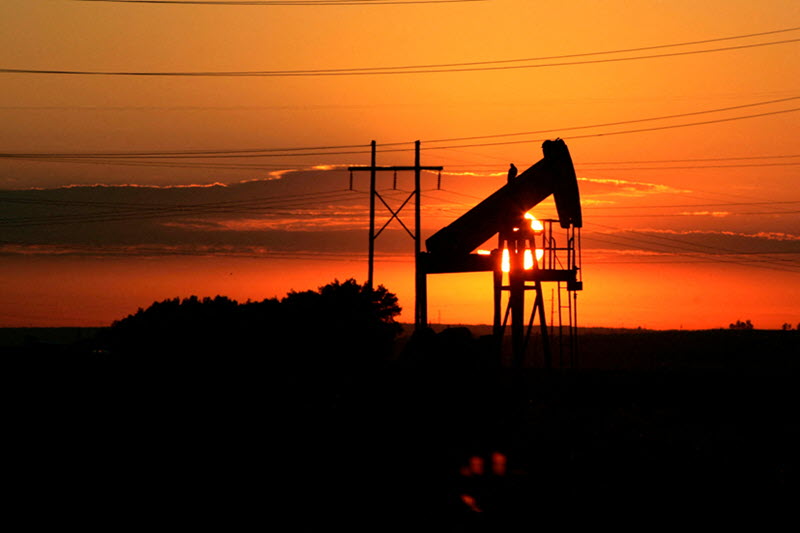
By Noah Browning
LONDON (Reuters) -Oil prices rose on Wednesday on expectations for higher demand as the U.S. dollar weakened and a report showed and gasoline inventories fell while the release of inflation data may point to a more supportive economic outlook.
futures were up 39 cents, or 0.5%, at $82.77 a barrel at 0630 GMT. U.S. West Texas Intermediate crude futures (WTI) rose 42 cents, or 0.5%, to $78.44 a barrel.
U.S. crude oil inventories fell by 3.104 million barrels in the week ended May 10, according to market sources citing American Petroleum Institute figures on Tuesday.
Gasoline inventories fell by 1.269 million barrels and distillates rose by 673,000 barrels.
U.S. government inventory data is due later on Wednesday and are likely to also show a drop in crude stockpiles as refineries increase their runs to meet increased fuel demand heading into the peak northern hemisphere summer driving season.
Still, the International Energy Agency (IEA) trimmed its forecast for 2024 oil demand growth on Wednesday by 140,000 barrels per day (bpd) to 1.1 million bpd, largely citing weak demand in developed OECD nations.
“Prices will remain range bound between $80-$90 through 2Q24,” said Macquarie global oil and gas strategist Vikas Dwivedi.
“After 2Q, we expect oil will become bearish as a result of non-OPEC supply growth, decreasing OPEC+ space capacity and softer-than-anticipated demand due to persistent inflation.”
U.S. consumer price index (CPI) data is also due on Wednesday and should give a clearer indication whether the Federal Reserve may cut interest rates later this year, which could spur the economy and boost fuel demand.
remove ads
.
Oil prices also found support from a softer U.S. dollar and concerns around Canadian oil supply.
A large wildfire is approaching Fort McMurray, the hub for Canada’s oil sands industry that produces 3.3 million barrels per day of crude, or two-thirds of the country’s total output.

